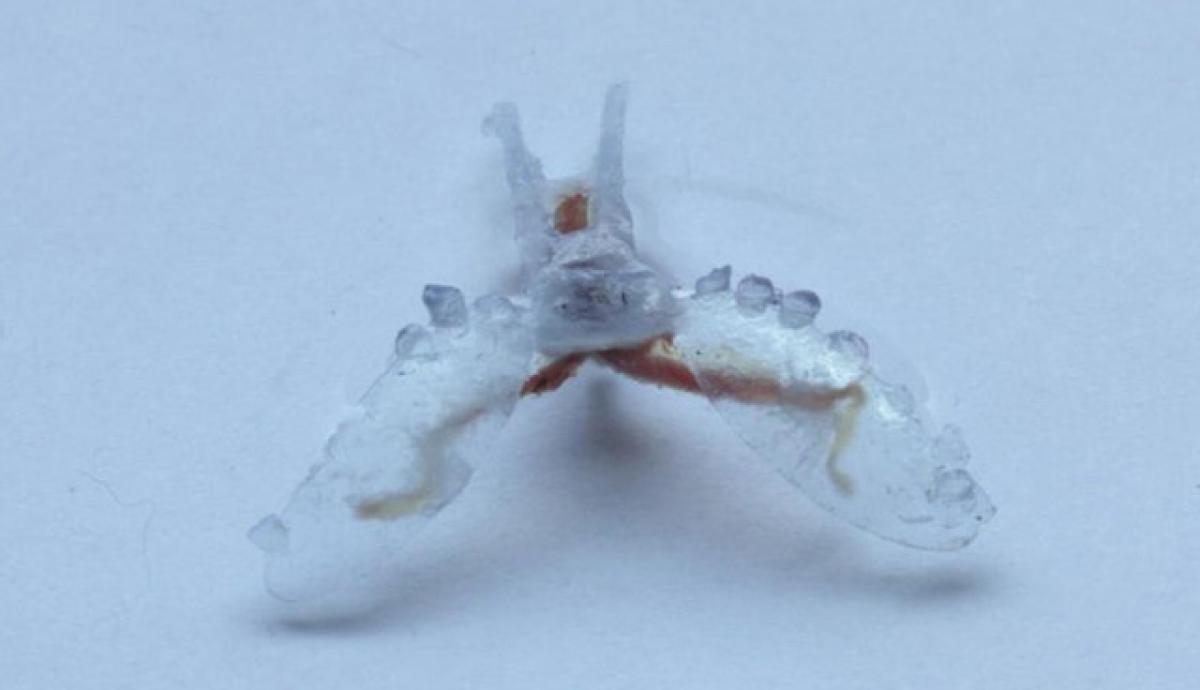Live
- Leaked! iPhone 17 Battery, Camera, Chipset, Design and Display Upgrades
- Kerala mulls increasing retirement age of govt employees to 57
- Credit, deposit growth now in line with each other in India: Report
- Very 'productive' meeting with PM Modi, says British PM Starmer
- Actor Satyadev in Bengaluru to promote Zebra movie
- Vijaya Chaitanya Palanki Leads the Development of Advanced Data Analytics Algorithms for Upsell Scoring, Churn Prediction, and Promotion Management
- Wanaparthy collector says Prajapalana Vijayotsava kaka yatra from 19 Nov to 7 Dec
- Hamas says security operation kills 20 aid truck looters
- Flipkart Mobiles Bonanza Sale: Top 5 Smartphone Deals with Great Discounts
- Supreme Court Issues Notices to YS Avinash Reddy in YS Viveka murder case









